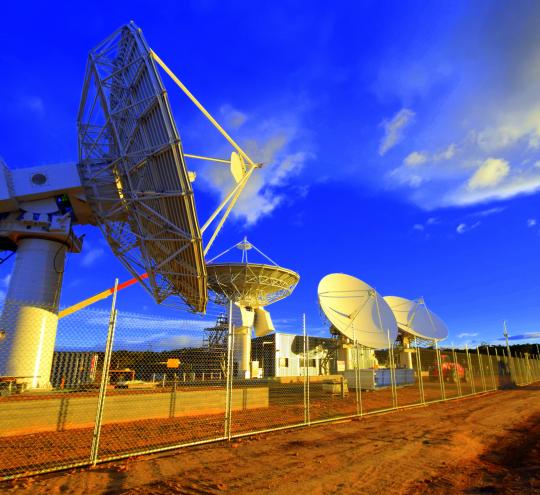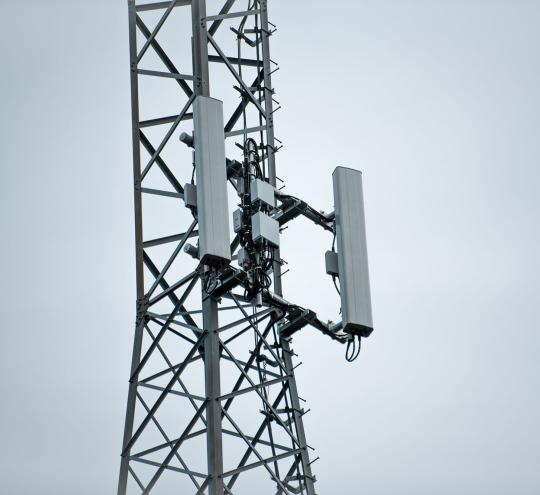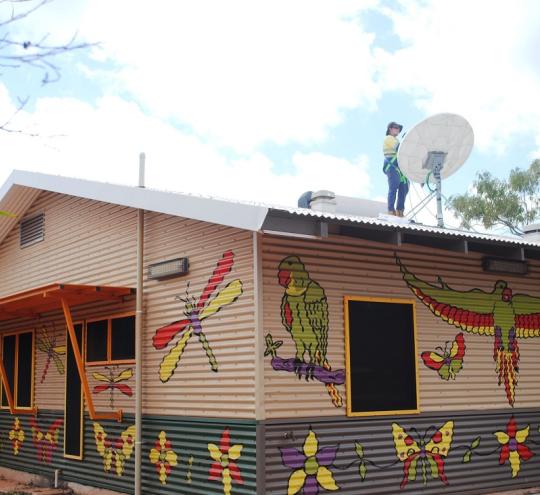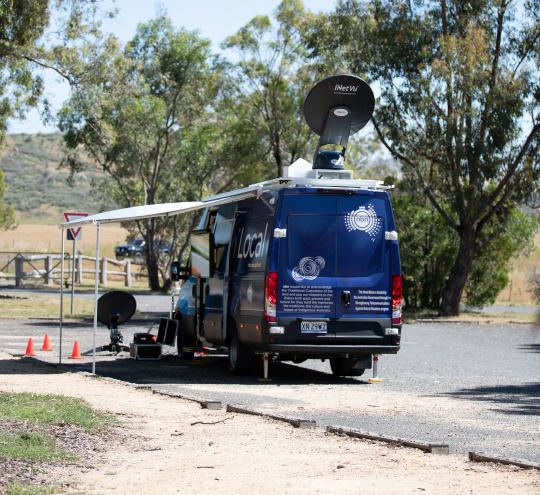The Government is increasing the resilience of Australia’s telecommunication networks, to help prevent, mitigate and manage outages during emergencies.
Telecommunications services are vital during emergencies to keep communities safe, connected and informed. They are also crucial in coordinating response efforts to get timely information to emergency personnel during natural disasters. However, no communications network is 100 per cent resilient to natural disasters.
In recognition of the critical role that telecommunications plays in an emergency, the Australian Government has invested in a range of measures to improve the resilience of communications networks.




